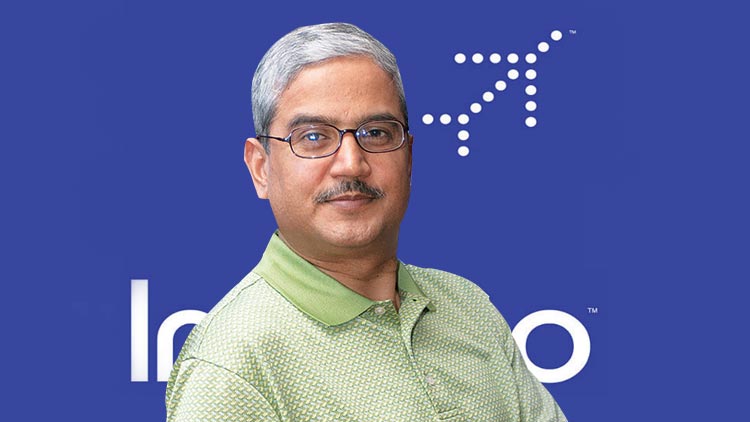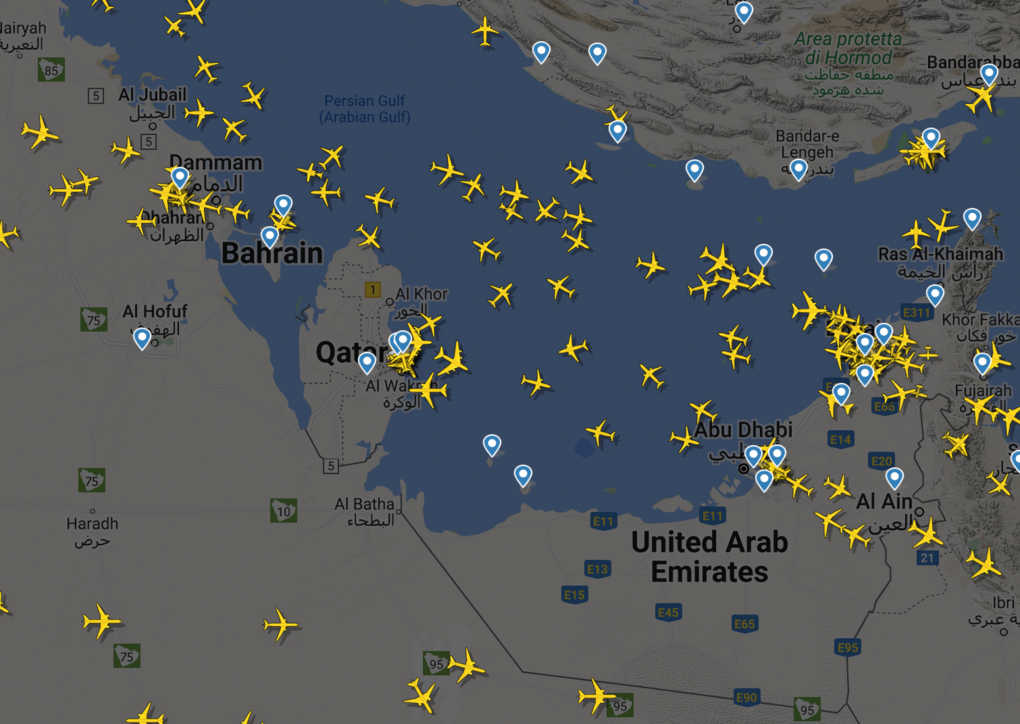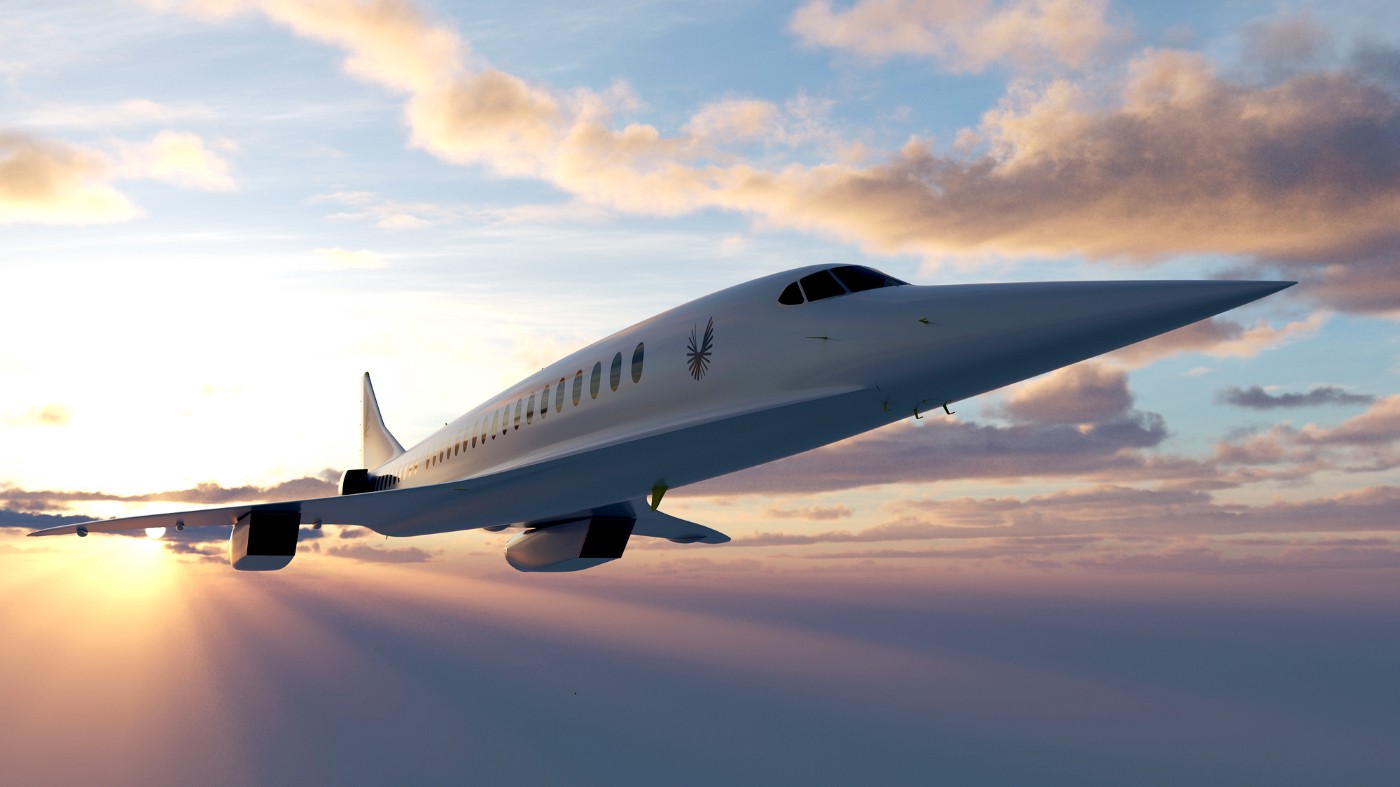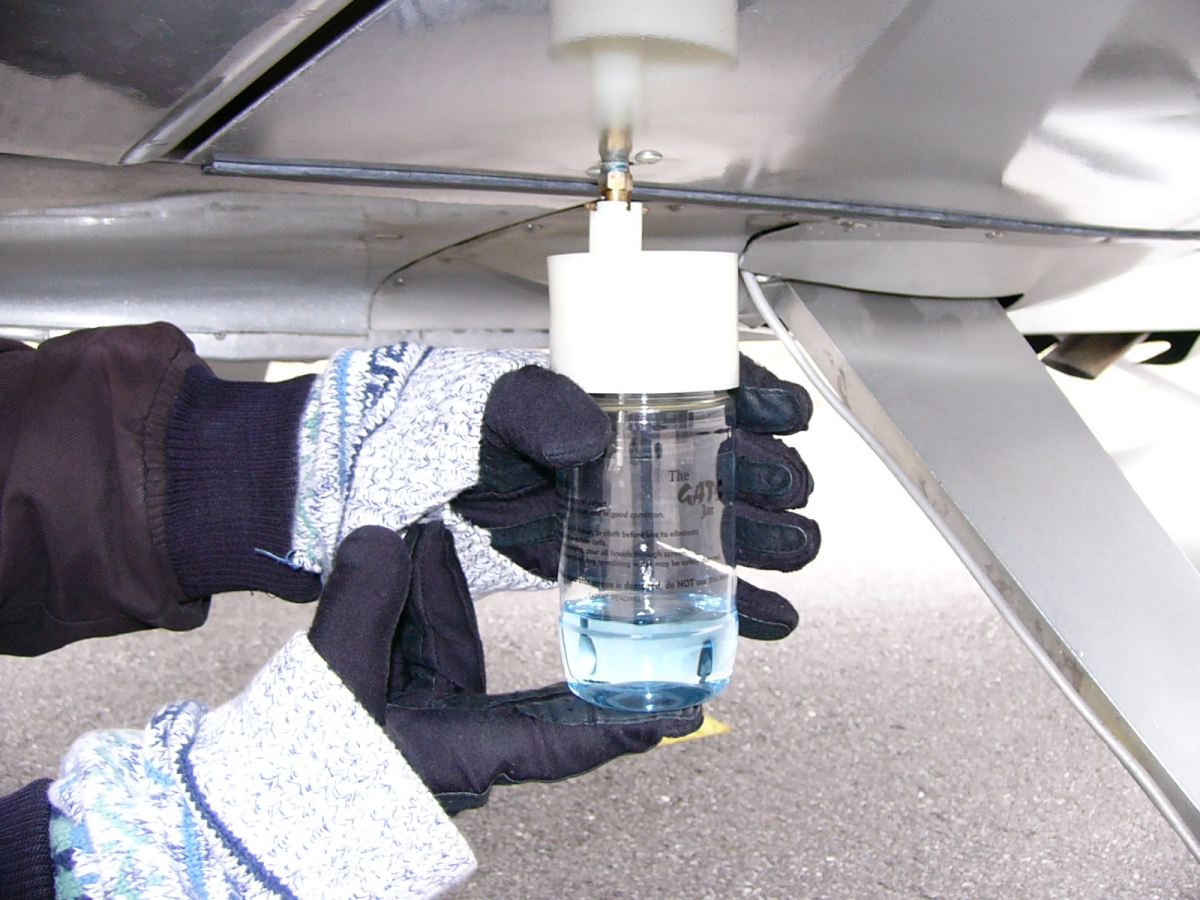Aviation Gasoline (Av gas) used by planes of flying schools across the country and smaller aircraft like Cessna is now being produced in India by the Indian Oil Corporation (IOC). The product will be officially launched this month in Delhi by Union Petroleum and Natural Gas Minister Hardeep Singh Puri.
Avgas is the type of aviation fuel used in small piston engine-powered aircraft within the general aviation community. These aircraft are predominantly used by private pilots and flying clubs and for tasks such as flight training and crop dusting. There are two main avgas grades (100 and 100LL low lead) used in the general aviation community.
Aviation Gas (AvGas) is currently imported for trainer aircraft and increases the operating costs for flying training organisations (FTO) and loss of foreign exchange. This, in turn, leads to higher charges for wannabe pilots.
The prices of Avgas, which are completely imported, are over twice those of ATF.
Currently, India has 38 flying schools and over 200 aircraft. Eight new schools are coming up in the next financial year. While airlines operate jet engine Airbus or Boeing planes which run on aviation turbine fuel, training schools operate small piston engine aircraft which run on aviation gasoline or Avgas.
According to sources, Avgas is likely to be produced at IOC’s Paradip refinery from next March. A source there could be potential to export the product to other countries in Asia as well as currently most of the Avgas production is in Europe and the US.
At present Avgas consumption in India is around 2500 kilolitres and IOC’s annual turnover from its sale is Rs 30 crore. Apart from flying schools, defence services and a few government departments operate aircraft for non-commercial use.
The government has decided Indian Oil Corp (IOC) will produce AvGas under the “Atmanirbhar Bharat Abhiyan."
"Av gas is used mainly by the flying schools and there was a demand from them for production within the nation. We will be producing 1,500 to 2,000 metric tonnes per annum. This will be supplied in barrels to the flying schools."Said a source.
Neville Bharucha of Red Bird Aviation Academy — located in Baramati — said it is a good move and added the pricing must be correct.
(With Inputs from The Indian Express)
Read next
3 senior executives of Jet Airways quit as the airline attempts to revive the business
Radhika Bansal
09 Sep 2022
Three senior executives of Jet Airways have quit the company as the airline is attempting to revive the business.
Director of flight operations Vishesh Oberoi, director of flight safety Neeraj Chandan, and director of training Sorab Variava have resigned in the last one month, people aware of the development said. All three executives were nominated post holders under the rules of aviation regulator DGCA.
This means these positions will have to be compulsorily filled up before the airline’s first flight. Senior Jet Airways executives said the airline is already in the process of filling up the positions by the end of September. Another senior executive, Vishesh Khanna, who was appointed vice president-sales, distribution and customer engagement in March, has also quit and joined IndiGo.
Director of flight operations Vishesh Oberoi have resigned in the last month
“Exits and entries occur in any organisation. The senior management team for Jet Airways is now fully in place, and we remain committed to the earliest recommencement of operations of Jet Airways,” said a spokesperson of the Jalan-Kalrock Consortium, which emerged as the successful bidder for Jet Airways under the insolvency process.
ALSO READ - 4 new senior executives appointed by Jet Airways
However, in the last one month, the airline has appointed three departmental heads. They include Jagtesh Saini, who has joined as head of government and regulatory affairs, Abid Qureshi, who has been named head of product development and Anchal Dhiman, who has been appointed head of procurement.
Jet Airways got its Air Operators Permit revived by DGCA in May.
In June 2021, the National Company Law Tribunal (NCLT) approved the consortium’s resolution plan for grounded Jet Airways, subject to certain conditions. A seven-member monitoring committee has also been formed to manage the day-to-day affairs of Jet Airways till the insolvency resolution process is complete.
Earlier, Jet Airways CEO Sanjiv Kapoor had said that the airline was looking to restart operations in September but it hasn’t announced its fleet plan yet. Sources, however, said that the airline is looking to open sales as soon as possible but that will require the airline’s schedule to be cleared by DGCA. The airline got its Air Operators Permit revived by DGCA in May.
ALSO READ - Jet Airways returning with a hybrid premium and no-frills model, first flight likely by October 2022
It was earlier reported that the lenders' committee hasn’t but given no-objection certificates to the consortium to position a plane order.
But the method of revival has been delayed considerably as a bunch of purposes have been filed in NCLAT difficult the NCLT decision plan.
Among those that have challenged the NCLT plan are Punjab National Bank and worker affiliations like the Association of Aggrieved Workmen of Jet Airways and the Jet Aircraft Maintenance Engineers Welfare Association.
ALSO READ - Jet Airways’ lenders to get rental earnings from Jalan-Kalrock Consortium
It was earlier reported that the lenders' committee hasn’t but given no-objection certificates to the consortium to position a plane order.
ALSO READ - Lenders of Jet Airways threaten bankruptcy over aircraft rental revenues
(With Inputs from The Economic Times)
Read next
Rakesh Gangwal & family divested a 2.74% stake in IndiGo for INR 2,004.77 crore
Radhika Bansal
09 Sep 2022

IndiGo Airlines co-promoter Rakesh Gangwal and his wife on Thursday, September 8 divested a 2.74% stake in the parent company InterGlobe Aviation for INR 2,005 crore through open market transactions. Gangwal along with Rahul Bhatia co-founded the low-cost carrier IndiGo airlines.
Gangwal resigned from the company's board of directors in February 2022, stating that he would gradually reduce his equity stake over the next five years. Gangwal selected Citigroup, Goldman Sachs, Morgan Stanley, and JP Morgan to oversee the sale process earlier this year.
According to the bulk deal data available with the National Stock Exchange (NSE), Gangwal and his wife Shobha Gangwal sold a total of 1.05 crore shares, amounting to a 2.74% stake in the company. The shares were sold from INR 1,886.47 - INR 1,901.34 apiece, valuing the transaction at INR 2,004.77 crore.
Gangwal along with Rahul Bhatia co-founded the low-cost carrier IndiGo airlines.
As of the June quarter, Gangwal and his family owned a 36.61% stake in the low-cost carrier, where Gangwal and his wife held 14.6% and 8.39% stake, respectively, while the rest of the balance is held by Chinkerpoo Family Trust, shareholding data showed with the bourse.
Bhatia and his related entities own nearly 38% of InterGlobe Aviation. Currently, Gangwal’s stake is worth INR 27,900 crore, while Bhatia’s stake is worth INR 28,800 crore. Shares of Interglobe Aviation closed 1.56% lower at INR 1,946.90 on NSE.
Interglobe Aviation is engaged in the business of providing domestic and international air transport services under the name 'Indigo'.
Despite being co-founders, Gangwal and Bhatia have had a very public spat for a few years now, dating back to 2019 when Gangwal wrote a letter to the Prime Minister’s office and market regulator SEBI, alleging “questionable related party transactions” between InterGlobe Aviation and Bhatia group firms.
Gangwal’s stake is worth INR 27,900 crore, while Bhatia’s stake is worth INR 28,800 crore.
While Gangwal’s primary issue was with the deals that IndiGo entered into with Bhatia-owned company, InterGlobe Enterprises (IGE) and other group entities; he also said that he had little power when it came to running the affairs of the airline.
According to agreements entered into between IndiGo (InterGlobe Aviation) and Bhatia’s IGE, Gangwal could name only one director to the airline’s board, while Bhatia could name five, and also appoint the managing director, CEO and president.
Now with Gangwal beginning to pare his stake in IndiGo, it seems like the relationship between him and his other co-founder, Bhatia, is beyond repair.
Read next
Qatar gets its airspace, redrawing the world’s airspace map for the first time in decades
Prashant-prabhakar
08 Sep 2022

In the year 2017, a regional dispute turned into a diplomatic crisis, and Bahrain, UAE, Egypt, and Saudi Arabia collectively agreed to impose a land, sea, and air embargo on Qatar, a breach of ICAO’s Chicago Convention.
Though Qatar shares borders with the majority of blockading states, the closure of Bahrain’s airspace had been the most critical. That's because, Qatar’s airspace is very small and except for the terminal airspace at OTHH/Doha, Bahrain has had long-standing authority over Qatar's air traffic, controlling a majority of airspace around and above it.
Qatar airways relied on flying through Bahrain’s comparatively vast airspace which meant very little room to manoeuvre for incoming and outgoing flights.
Ever since Qatar has pushed forward the initiative to get their airspace and although the feedback wasn't great initially, it has been approved eventually.
A brief history
Bahrain was one of the first places in the Middle East to open its skies. In the year, 1920, the first airfield was earmarked in the area outside Manama, Bahrain. On the 8th of June 1924, the first flight landed in Bahrain from Basra, Iraq. Over the coming years, many airlines started flying and Bahrain became established as the Arabian Gulf’s first international airport.
When Bahrain and Qatar gained their independence from the UK in 1971, there wasn’t any change to the FIR shapes in the Gulf region, which had previously been determined based on where military radars had initially been installed. These radars were positioned from a military efficiency perspective, without taking into account the future of thriving Gulf airline carriers.
Old distribution of Gulf Airspace I TheNewArab
With a history of good relations between Qatar and Bahrain, both being members of the GCC (Gulf Council Corporation) and also being signatory members of the International Civil Aviation Organization’s (ICAO) Transit Agreement, the Gulf states didn’t see the need for redistribution, given the hassle it would present to the airline flight crew, speaking to four different air traffic controllers within the space of around 15-20 minutes.
Recent development(s)
The Council of the International Civil Aviation Organization (ICAO) decided to move forward with the creation of the Doha Flight Information Region (FIR) based on the report's proposed phased approach. This occurred on March 11, 2022, at the Council's 225th session's 10th meeting.
The ICAO Council's resolution, that approved the Doha FIR/dimensions, SRRs including updated Bahrain FIR/SRR dimensions, would be implemented in two stages:
Phase One of the Doha FIR encompasses all of Qatar's commercial waters and territory as well as the international waters east of Qatar up to the United Arab Emirates' boundaries at an unrestricted height. Until the Islamic Republic of Iran's boundaries, the airspace over the international waters to the north of the State of Qatar will be under strict control up to 24,500 feet above sea level.The Council decided that the second phase of the Doha FIR's expansion to an unlimited altitude would begin within two years after the first phase's effective execution.
The operating agreement for the activation of the Doha Flight Information Region (FIR) and its connection to the FIRS of the Kingdoms of Saudi Arabia, Bahrain, and the United Arab Emirates was signed by the Qatar Civil Aviation Authority (QCAA) on August 31, 2022.
The airspace still retained by Bahrain | ops. group
So, what changes now?
You will be speaking to a person who is not in Bahrain if you go down into Doha, but you would have been once you arrived at the OTHH/Doha terminal area anyway. Simply put, it will now be a bit early.
New Airspace I Alex Machares
All flights operating through or within the Doha FIR and the corresponding flight plans would have to include addresses OTDFZQZX. The current general flight plan is OTHHZPZX.
Despite being relatively tiny in terms of airspace size, the airspace is significant for the area. A little over 30% of air travel into and out of the UAE avoids Iranian airspace to the right by travelling through Kuwait, Bahrain (soon to be Qatar), and then up through Iraq to Europe.
If UAE airspace is closed, OTHH/Doha and OKBK/Kuwait offer two "last" alternatives for en-route diversions for aircraft flying over Iraq. They are also convenient fallbacks if ESCAT procedures prevent airplanes from flying into Saudi Arabia because they are near to Saudi airspace.
SOURCE(s): OPS group, aviationanalyst
COVER: Source
Read next
Removal of airfare caps ignites a price war among the airlines to attract fliers
Radhika Bansal
08 Sep 2022
The Indian aviation sector is witnessing one of the toughest competition. The removal of airfare caps by the government has ignited a price war among the airlines to attract fliers.
Just a few days after the government did away with fare caps, domestic airlines Akasa Air, IndiGo, Air Asia, GoFirst and Vistara have cut prices. Lower prices are not only a reflection of airlines looking to grab or retain market share, but are a product of competition, demand, supply, costs, and potential cargo revenues.
A close look at airfare disclosed that a ticket from Mumbai to Ahmedabad is costing INR 1,399 on Go First and INR 1,497 on new entrant Akasa Air for a journey on September 9. IndiGo, the largest domestic airline, is offering tickets on the same route for INR 1,609, reported IANS.
Removal of airfare caps ignites a price war among the airlines to attract fliers
Similar is the case on the Mumbai-Bengaluru route with tickets available in the range of INR 2,000 to INR 2,200. While Akasa Air is offering a ticket for INR 1,997 for a journey on September 9, a ticket on IndiGo is available for INR 2,208.
ALSO READ - DGCA to end the airfare caps on domestic flights
The price war among Indian airlines was expected following the removal of the airfare cap by the Ministry of Civil Aviation from August 31 onwards.
Industry experts said that high competition among the airlines may lead to benefits for the fliers and many airlines may offer discounts as per demand. Interestingly, the prices have slipped mostly on the routes on which the newly-launched Akasa Air has started its operations.
The fare caps were removed with effect from August 31 this year.
An expert said the Aviation Ministry's move has given the flexibility to the airlines in deciding airfares as they can now charge as per their policies. The entry of Akasa Air has increased competition in the aviation sector. To attract fliers, some airlines have already started offering tickets at lower rates.
The fare caps were removed with effect from August 31 this year. The Aviation Ministry had imposed lower and upper limits on airfares after the resumption of services in May 2020 following the initial two-month nationwide lockdown to contain the spread of Covid-19.
Thereafter, the limits were relaxed in a phased manner according to the improvement in air traffic in the country. The move which comes in the middle of a lean traffic season is likely to unleash a fare war which would lead to a lowering of ticket prices, airline executives and industry experts said.
Even with the fare cap capping fares beyond 15 days, airlines had shown pricing discipline for tickets booked 15 days ahead of the journey.
The ministry had imposed lower and upper limits on domestic airfares based on flight durations when services resumed after a lockdown in 2020- the first time since the deregulation of fares in 1994.
While it had tweaked the system multiple times like allowing market-driven pricing for flights beyond 15 days, it had divided the industry with IndiGo and Vistara opposing regulation of fare and SpiceJet and Go First supporting it.
"The decision to remove airfare caps has been taken after careful analysis of daily demand and prices of ATF. Stabilisation has set in and we are certain that the sector is poised for growth in domestic traffic shortly," aviation minister Jyotiraditya Scindia said.
The picture is dramatically different from two years back with jet fuel price doubling and a weaker rupee against the dollar increasing input cost for airlines. However, Akasa Air backed by Rakesh Jhunjhunwala has started operations which would increase the competitive intensity.
Akasa Air backed by Rakesh Jhunjhunwala has started operations which would increase the competitive intensity.
Yet airline executives said that airfare would see a steep fall at least till the end of September when traffic is lower due to the monsoon. “There is an expectation that airlines will maintain pricing discipline in the festival season which starts from October but a few airlines which are in urgent need of liquidity may undercut to raise cash. The industry is such that if anyone drops ticket prices, other airlines will match it,” said an airline executive.
A second airline executive, however, said that even with the fare cap capping fares beyond 15 days, airlines had shown pricing discipline for tickets booked 15 days ahead of the journey. Market leader IndiGo reported a yield of over INR 5 in the last quarter the highest in the airline’s history.
(With Inputs from The Economic Times, MoneyControl)
Read next
Rolls-Royce pulls out of Boom supersonic project - Sustainability at the core of discussion
Prashant-prabhakar
08 Sep 2022

Rolls-Royce, the engine manufacturer, has ceased its partnership with Boom Supersonic to construct a passenger airliner that travels faster than the speed of sound, adding a new and exceedingly complex challenge to the quest for the new supersonic aircraft to carry on the heritage of the legendary Concorde.
The two had established a contract back in August 2020 to progress the design of Overture's engine programme and collaborate on finding a propulsion system that would go well with Overture's airframe.
Representative | Flipboard
After careful consideration, Rolls-Royce has determined that the supersonic business aviation market is not currently a priority for us and therefore will not continue to work on the program at this time. It has been a pleasure working with the Boom team and we wish them every success in the futureAs reported by AINonline, the engine manufacturer said
However, it is also worth noting the fact that Rolls-Royce equipped the world’s first supersonic airliner, Concorde, with four Olympus 593 engines, almost 50 years ago.
The news wouldn't be surprising, since Jon Ostrower had already stated in July via his publication The Air Current that RR will not be spending its funds to create alternatives to the projects already in progress, namely the Ultrafan and Pearl 10X.
Boom, a Denver-based company, has been working on an Overture supersonic aircraft that it claims can carry up to 80 passengers and travel at Mach 1.7. The overture was originally going to have two engines but was recently switched to a four-engine configuration.
Representative | Make Parts Fast
Although Boom has claimed that Overture will burn sustainable aviation fuel, balancing its carbon footprint to "net zero," supersonic aircraft are less efficient per passenger than subsonic variants. Regarding the accessibility and environmental advantages of such alternative fuels, there is still much ambiguity.
We are appreciative of Rolls-Royce’s work over the last few years, but it became clear that Rolls’ proposed engine design and legacy business model is not the best option for Overture’s future airline operators or passengersBoom said on 7 September
Flight Global
Reportedly, Boom has two choices: to appease investors, to increase the bet, and to look for a courageous engine manufacturer with the courage or recklessness - to develop an engine in less than three years; or to take advantage of the free exit, blame Rolls-Royce, and abandon a project that faces enormous technical challenges.
Later this year, we will announce our selected engine partner and our transformational approach for reliable, cost-effective and sustainable supersonic flightBoom
Overture's first flight and delivery have been slated for 2026 and 2029, respectively, by the company.
SOURCE(s)
COVER: Boom Supersonic




Comment